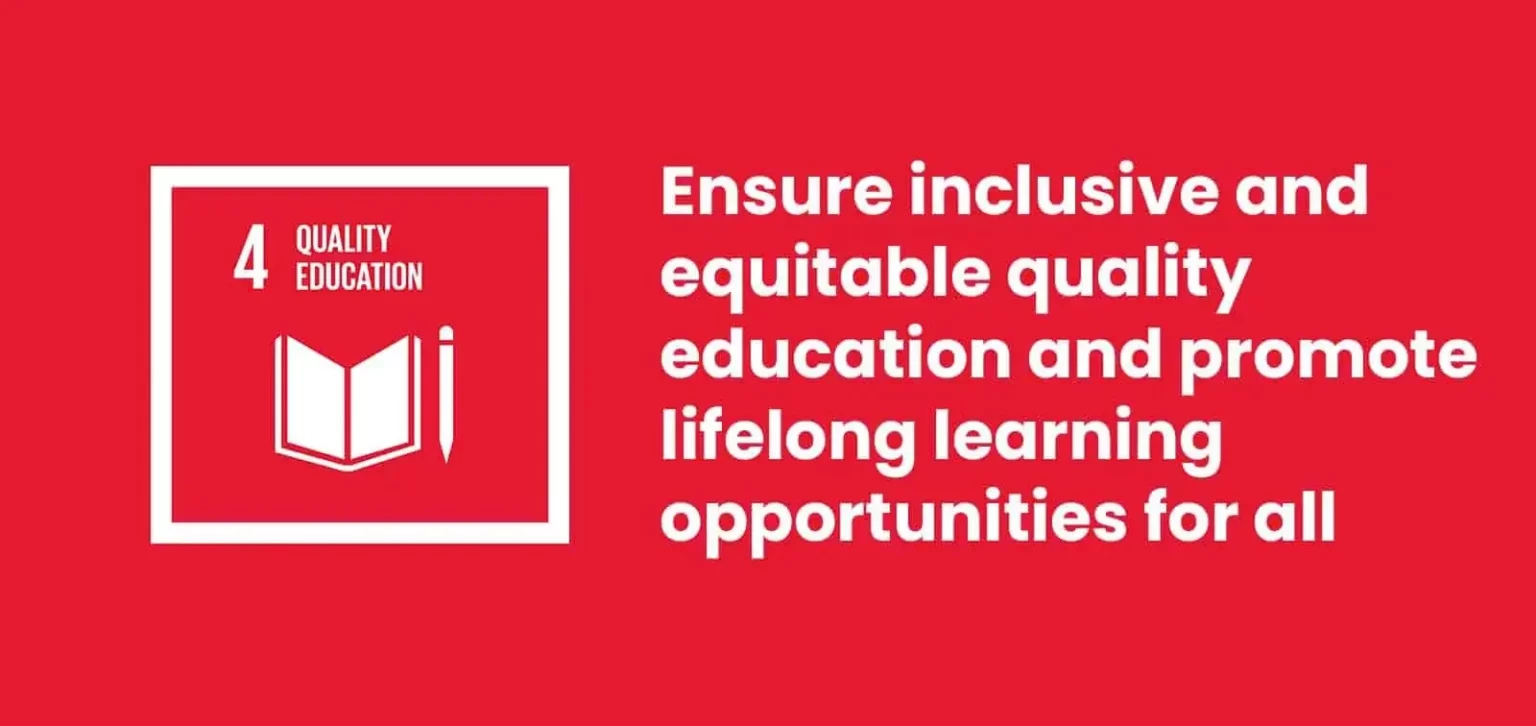Some of the links in this article are "affiliate links", a link with a special tracking code. This means if you click on an affiliate link and purchase the item, we will receive an affiliate commission.
The price of the item is the same whether it is an affiliate link or not. Regardless, we only recommend products or services we believe will add value to our readers.
By using the affiliate links, you are helping support our Website, and we genuinely appreciate your support.
The integration of the United Nations’ Sustainable Development Goals (SDGs) into educational institutions is no longer a mere aspiration but a strategic necessity. Education plays a pivotal role in achieving the SDGs, particularly Goal 4, which emphasizes inclusive and equitable quality education and the promotion of lifelong learning opportunities for all .Wikipedia
The Role of Education in Achieving SDGs
Education serves as both a fundamental human right and a powerful enabler for sustainable development. It equips individuals with the knowledge, skills, and values necessary to address global challenges such as poverty, inequality, and environmental degradation. By fostering critical thinking, innovation, and responsible citizenship, education empowers learners to contribute meaningfully to the realization of the SDGs.
Challenges in Integration
Despite the recognized importance of integrating SDGs into educational frameworks, several challenges persist:
- Curriculum Overload: Existing curricula often lack flexibility to incorporate SDG-related content without overwhelming students and educators.
- Resource Constraints: Limited access to teaching materials, training, and funding hinders the effective delivery of SDG-focused education.
- Institutional Resistance: Some educational institutions exhibit reluctance due to perceived conflicts with traditional educational models or lack of awareness about the SDGs.
Strategic Framework for Integration
To overcome these challenges, a comprehensive framework is essential. Such a framework should include:
- Curriculum Development: Designing interdisciplinary curricula that embed SDG principles across subjects.
- Faculty Training: Providing professional development to educators on SDG-related pedagogy and content.
- Collaborative Partnerships: Engaging with local communities, governments, and organizations to enhance the relevance and impact of SDG education.
- Monitoring and Evaluation: Establishing mechanisms to assess the effectiveness of SDG integration and inform continuous improvement.
Global Initiatives and Best Practices
Educational institutions worldwide are adopting innovative approaches to integrate SDGs:
- United Nations Initiatives: Programs like the Decade of Education for Sustainable Development and the Global Action Programme have provided frameworks and resources for embedding sustainability in education.
- Higher Education Institutions: Many universities are establishing dedicated units or centers focused on SDG research, teaching, and community engagement, aligning their missions with the 2030 Agenda .The Times of India
- International Collaborations: Networks such as the Association for the Advancement of Sustainability in Higher Education (AASHE) promote sustainability through initiatives like the Sustainability Tracking, Assessment & Rating System (STARS), encouraging institutions to adopt sustainable practices across operations and curricula .Wikipedia+1
Conclusion
Integrating the SDGs into educational institutions is not merely an academic exercise but a transformative approach to shaping a sustainable future. By addressing the challenges and implementing strategic frameworks, educational institutions can play a crucial role in advancing the global sustainability agenda. This integration requires commitment, collaboration, and continuous innovation to ensure that education remains a powerful tool for achieving the SDGs.



